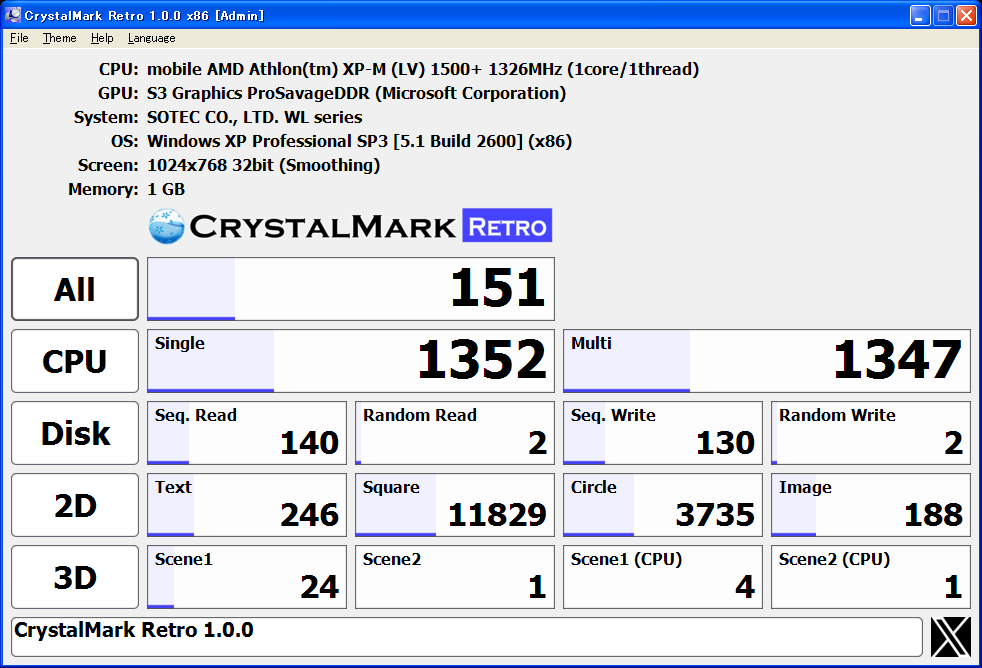I built a new AMD rig back at the end of 2022, all my specs and parts below. And since then, I've had my boot drive die 3 times. I have been using the Kingston KC3000 1GB as my boot drive and can't find anything, anywhere as to why or how it would die 3 times. I've OCed the CPU through BIOs (3.5 min/4.5 max) and the GPU through Adrenalin. Anyone have any guess as to what would be killing drives in my M.2?
Windows 10 Home 22H2
Ryzen 5 5600
T-Force Delta RAM 32 GB
MSI MAG B550 Tomahawk MB
XFX RX6900 XT GPU
Corsair RM850x 80+ Gold PSU
Toshiba P300 3 TB 3.5" 7200 RPM storage
Corsair 4000D Airflow with 5 fans
Thermalright Peerless Assassin 120 SE CPU Air Cooler (installed after the first 2 drives died)
Windows 10 Home 22H2
Ryzen 5 5600
T-Force Delta RAM 32 GB
MSI MAG B550 Tomahawk MB
XFX RX6900 XT GPU
Corsair RM850x 80+ Gold PSU
Toshiba P300 3 TB 3.5" 7200 RPM storage
Corsair 4000D Airflow with 5 fans
Thermalright Peerless Assassin 120 SE CPU Air Cooler (installed after the first 2 drives died)


